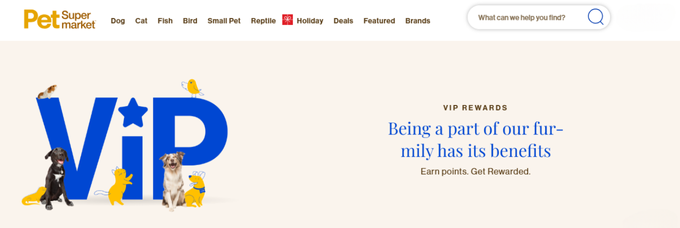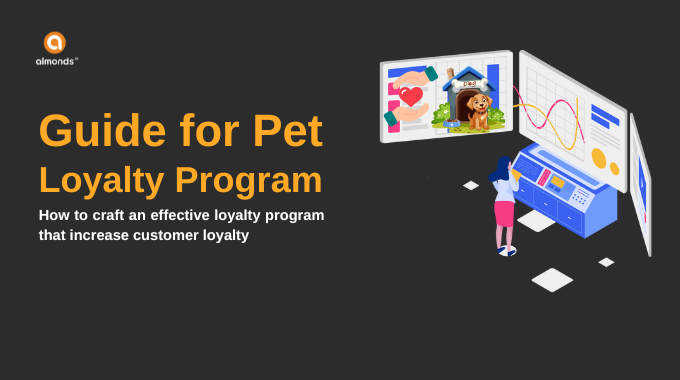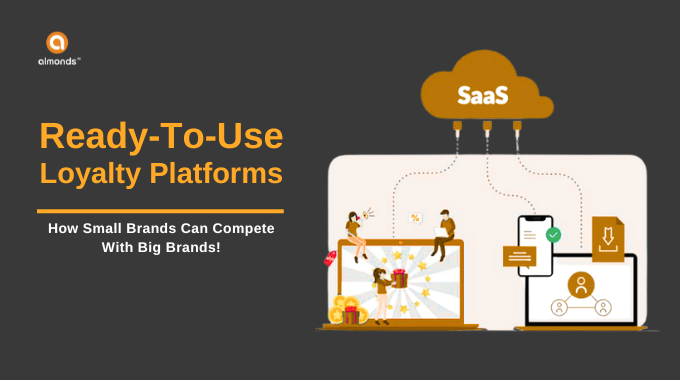Pet loyalty programs are no longer just about offering discounts—they are a strategic tool to deepen relationships with customers and ensure lasting engagement. With the pet care industry experiencing rapid growth and heightened competition, particularly from non-traditional players like retail giants, establishing customer loyalty is vital. Pet owners today seek more than convenience; they crave emotional connections and personalized experiences for their furry companions.
A well-designed pet loyalty program can be the cornerstone of a brand’s success, fostering trust and creating a bond that extends beyond transactional interactions. This guide explores the essentials of crafting a pet loyalty program that not only enhances customer retention but also positions your brand as a trusted partner in pet parenting.
Why a Pet Loyalty Program is Essential
A loyalty program is no longer just about points and discounts. Today’s pet parents expect a personalized experience and exclusive perks that enhance their bond with their furry friends.
According to a recent report:
- 71% of consumers are more loyal to brands offering exclusive offers.
- 73% of pet owners feel emotionally connected to brands that provide personalized rewards.
With this in mind, a well-designed pet loyalty program can:
- Strengthen emotional connections with customers.
- Differentiate your brand in a competitive market.
- Drive sales and repeat business.
Core Elements of a Successful Pet Loyalty Program
To create a loyalty program that resonates with pet parents, focus on these essential elements:
1. Personalization is Key
Pet parents want their pets to feel special. Personalization can be the cornerstone of your loyalty program:
- Pet Profiles: Allow customers to create profiles for their pets, including birthdays, breed details, and preferences.
- Birthday Surprises: Offer exclusive rewards or treats for pets on their birthdays to foster emotional connections.
- Customized Offers: Use data from pet profiles to send tailored recommendations, such as discounts on breed-specific food or toys.
2. Rewarding Everyday Interactions
Encourage regular engagement by rewarding common activities:
- Purchase Points: Award points for every dollar spent, creating a straightforward path to rewards.
- Charitable Donations: Let customers earn points for donating to local pet shelters or charities, aligning with values that matter to them.
- In-store Services: Provide points for availing grooming or veterinary services, such as free washes after six visits.
3. Exclusive Perks and Benefits
Stand out by offering perks that competitors don’t:
- Early Access to Products: Let loyalty members preview and purchase new products before others.
- Member-Only Events: Host events like pet adoption drives, training sessions, or pet meetups exclusively for members.
- Free Veterinary Consultations: Partner with local veterinarians to offer periodic free consultations for loyal customers.
4. Seamless and Frictionless Experience
Make it easy for customers to join and engage with your program:
- User-Friendly Apps: Offer a mobile app where customers can track rewards, redeem points, and access exclusive offers.
- Instant Enrollment: Enable quick sign-ups in-store or online without complex processes.
- Omnichannel Integration: Ensure the program is accessible across all touchpoints, including your website, app, and physical stores.
5. Community Building
Pet parents love connecting with others who share their passion. Build a sense of community through your loyalty program:
- Social Media Groups: Create exclusive groups where members can share tips, stories, and experiences.
- Content Rewards: Reward members for sharing photos of their pets using your products.
- Charity Partnerships: Collaborate with local shelters or NGOs, encouraging members to contribute and feel part of a larger cause.
Steps to Develop a Pet Loyalty Program
- Understand Your Customers: Conduct surveys and analyze customer data to understand what pet parents value most—be it discounts, community involvement, or exclusive services.
- Set Clear Objectives: Define what you aim to achieve with your loyalty program. Is it customer retention, increased sales, or brand advocacy?
- Design the Program Structure:
-
- Choose a rewards system (points, tiers, or a hybrid).
- Define how members earn and redeem points.
- Include a mix of transactional and emotional rewards.
- Leverage Technology: Invest in a loyalty management platform to automate tracking, reward redemption, and personalized communication.
- Promote the Program: Use email campaigns, in-store signage, and social media to raise awareness about your loyalty program. Highlight the emotional and practical benefits for pet parents.
- Monitor and Optimize: Regularly analyze the program’s performance. Gather feedback and make adjustments to improve the customer experience.
Example: Pet Supermarket’s VIP Rewards Program
Pet Supermarket has set a benchmark in pet loyalty programs with its VIP Rewards Program, which includes:

- Points System: Members earn 1 point per dollar spent and can redeem 150 points for a $5 reward.
- Personalized Perks: Members earn points for creating pet profiles and receive surprises on their pets’ birthdays.
- Charitable Rewards: Points are awarded for donations to local pet charities.
- Service Rewards: Members get a free dog wash after six visits.
This approach not only drives sales but also creates emotional connections by prioritizing the needs and preferences of pet parents.
Tips to Stand Out in the Pet Loyalty Space
- Focus on Emotional Loyalty: Go beyond discounts. Create memorable experiences that deepen the bond between pet parents and your brand.
- Collaborate with Pet Influencers: Partner with pet influencers to promote your loyalty program and reach a wider audience.
- Incorporate Sustainability: Offer eco-friendly products and rewards to attract environmentally conscious pet parents.
- Expand Your Rewards Catalog: Include diverse rewards such as toys, grooming products, and wellness services.
- Gamify the Experience: Introduce challenges or milestones, such as “Complete 5 purchases to unlock a surprise gift,” to keep members engaged.
Conclusion: Building Lifelong Loyalty
A well-crafted pet loyalty program does more than just reward spending—it builds trust, emotional connections, and lasting relationships. By focusing on personalization, rewarding everyday actions, and creating seamless experiences, your loyalty program can become a cornerstone of your brand’s success.
As the pet care industry continues to grow, staying ahead requires innovation and customer-centric strategies. Use this guide to create a loyalty program that not only meets but exceeds the expectations of modern pet parents.







